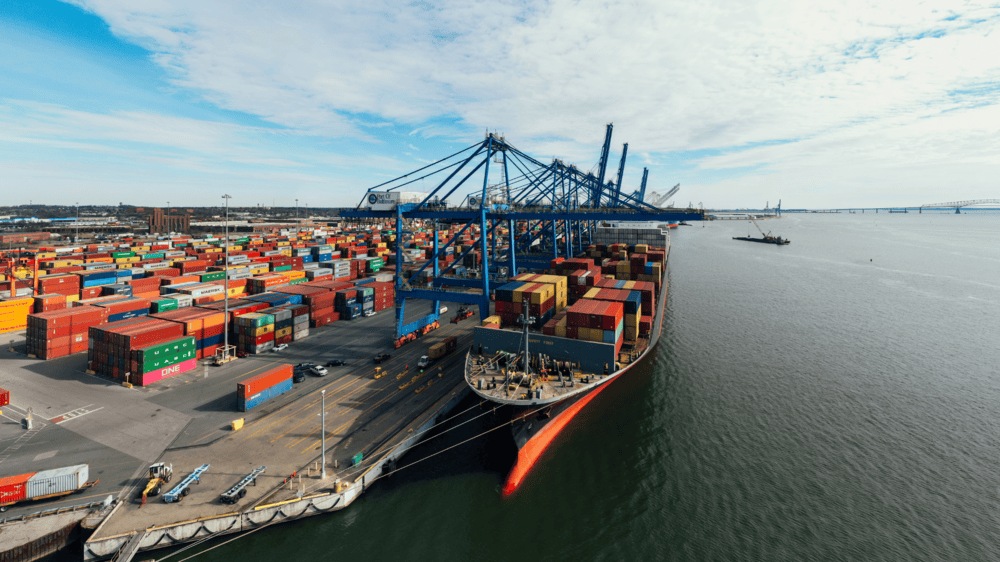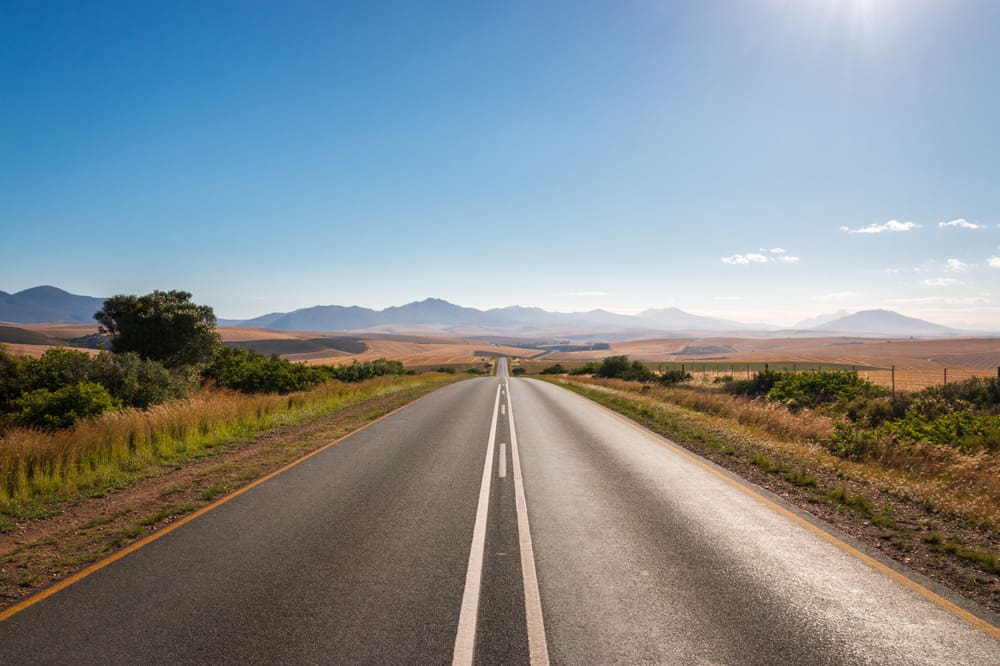Road Infrastructure Holding Back the Agriculture Business Sector in Tanzania
WoW’s research into the Tanzanian agri-business offers interesting insights.
The agri-business sector in Tanzania is extremely important in a country that still has a long way to go towards growing its industrialisation and services sector, both essential to growing GDP. Indeed, as stated in the report, the agri-business sector in Tanzania represents 28.9% of its GDP. In comparison, the agri-business in South Africa represents 1.88% of its GDP. Yet percentages can also be deceiving. The value of Tanzanian agri-business, in money terms is USD 1.83 billion, which is 2.8 times the size of South African agri-business (USD 0.66 billion)
The Tanzanian agri-business sector is made up of a wide range of agricultural produce, distinguished between food and cash crops:
Food crops
– Maize
– Cassava
– Rice
– Potatoes
– Beans
– Sweet potatoes
– Sorghum
– Bananas
Cash crops
– Coffee
– Cotton
– Sugar cane
– Tea
– Cashew nuts
– Tobacco
– Sesame seed
– Flowers
– Sunflower seed
Some vegetable horticulture
An estimate of the agricultural output in relation to the statistic of arable land shows that Tanzania offers attractive potential. The ratio of Tanzanian agri-business output as mentioned earlier is 2.8 times that of South Africa, whilst the arable land ratio is 2.1, giving an inkling that Tanzania has more favourable agricultural conditions, potentially. The level of development and availability of infrastructure and inputs suggests that Tanzania’s potential is higher than what today’s numbers show. Its ratio of arable land stands at 3.0, against actual use of arable land at a ratio of only 2.7. Thus there still is a lot of arable land that is underutilised or not utilised at all.
It must be said that a more in depth analysis would show more precise and reliable numbers and amounts. Currently, there are different arable land statistics from different sources which do not really cross cast and then there is also the issue of irrigation expanding the notion of arable land. For the sake of comparative consistency, the same source was used for both countries. Yet on face value it seems, there are clear indication that Tanzania has a lot to offer for agricultural business.The question then arises as to why not more development has taken place in this sector. Again the Who Owns Whom paper makes this abundantly clear in their report.
First of all there is the terrible state of the road infrastructure. 86,000 kms of road on which 75% of goods transport take place, but only 23% of the road network is paved! The railway system is split between two track gauges (1,000mm running east-north/west and 1,067mm coming in from the south to Dar-es-Salaam). This enormously impedes good access to markets for farmers and increases logistics cost.
Secondly there is the shortage of agro-industrial businesses that supply inputs, fertilisers, irrigations systems, pesticides. These businesses face the same costly transportation infrastructure.
Thirdly, the structural aspect of the agri-business shows that the majority of agricultural activity is organised in small holdings, Commercial farming exists but only represents a small proportion of total production. The lesser financial capabilities of small holdings cause lesser investment in productivity enhancing equipment and improved seed procurement. A lot of small holding production goes into local consumption.
Fourthly, the post-harvest losses are phenomenally high, estimated at 40% in the domestic market and 10% in the export market. This is caused by a lack of proper infrastructure, lack of suitable warehouses for storage, lack of proper pest control and climatic storage conditions to deal with humidity, fermentation etc. All of the above are addressable issues for capable and knowledgeable investors in agriculture.
Most agricultural exports could benefit from local beneficiation. Most crops are sold to exporters without any form of agri-processing taking place in Tanzania.The more complicated aspects however are over-taxation of the valuable sector by the government, which according to the latest information obtained by Who Owns Whom, is being looked at by government in order to stimulate investment and increase outputs.
All in all an attractive destination for agricultural investment provided government policies meet investor expectations tax and ownership-wise.
Contact us to access WOW's quality research on African industries and business
Contact UsRelated Articles
BlogCountries South AfricaTransportation and storage
The Motor Vehicle Industry in South Africa: Challenges, Prospects and Opportunities
Contents [hide] Motor industries across the globe are driven by innovation. South Africa’s motor industry is actively pursuing innovation initiatives to remain competitive. A good example is the partnership between...
BlogCountries South AfricaTransportation and storage
Africa’s Ports and Harbours: Driving Trade and Growth Across the Continent
Contents [hide] Ports and harbours have evolved from the days when they merchants would display their crafts and fishermen would bring their daily catch, socialise over coffee and exchange their...
BlogCountries South AfricaTransportation and storage
The Status of Road Infrastructure in South Africa
rail and road passenger journeys per year





